- Strength and Hardness: Pure aluminum is relatively soft and has lower strength compared to many other metals. By alloying aluminum with other elements, joalo ka koporo, magnesium, or zinc, its strength and hardness can be significantly increased, making it more suitable for structural and load-bearing applications.
- Improved Mechanical Properties: Alloying aluminum can enhance its mechanical properties, including tensile strength, kganetso ya mokgathala, and impact resistance. This allows aluminum alloys to withstand various stresses and strains encountered in different industries.
- Khanyetso ea Corrosion: Aluminum has a natural oxide layer on its surface that provides some level of corrosion resistance. Leha ho le joalo, by alloying aluminum with elements like manganese or chromium, khanyetso ea eona ea kutu e ka ntlafatsoa le ho feta, making it suitable for applications in harsh environments or where exposure to moisture is common.
- Formability and Workability: Alloying aluminum can improve its formability and workability. Aluminum alloys can be easily shaped, formed, and machined into various complex shapes and sizes, allowing for flexibility in design and manufacturing processes.
- Thermal and Electrical Conductivity: Aluminum alloys retain good thermal and electrical conductivity even after alloying. This makes them suitable for applications where heat transfer or electrical conductivity is desired, joalo ka li-heaters tsa mocheso, electrical conductors, and electronic components.
Overall, alloying aluminum provides the opportunity to tailor its properties to specific requirements, making it a versatile material that can be used in a wide range of applications across different industries.
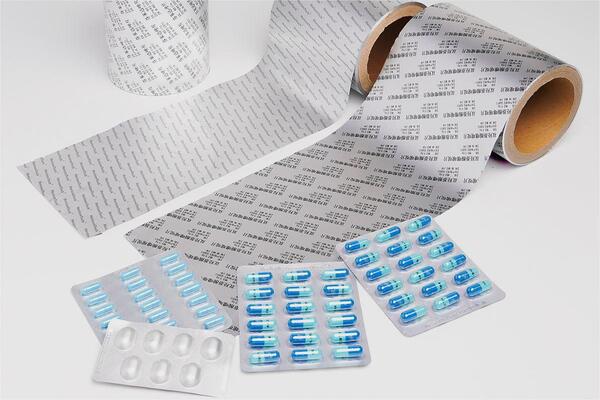
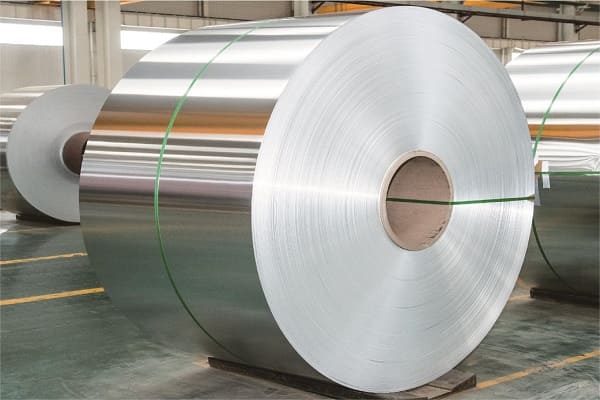
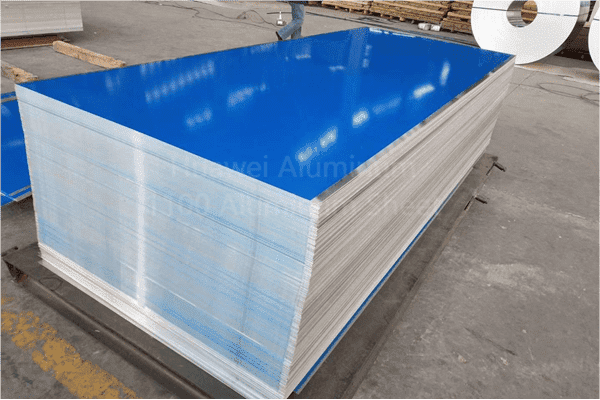

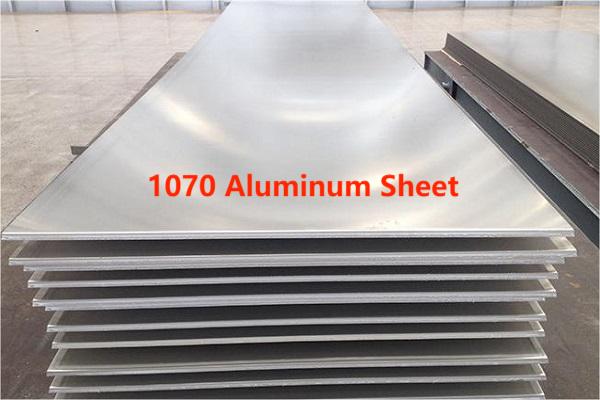
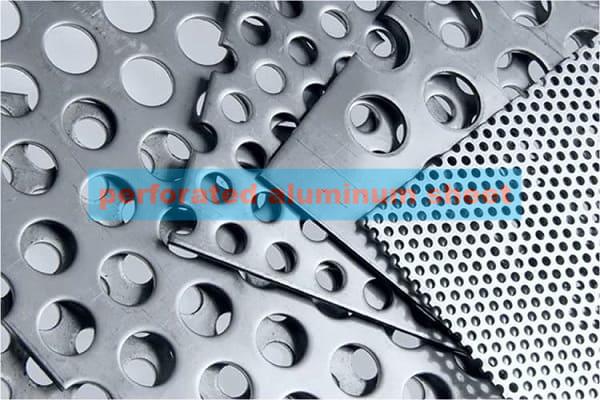



Tlohela Karabo